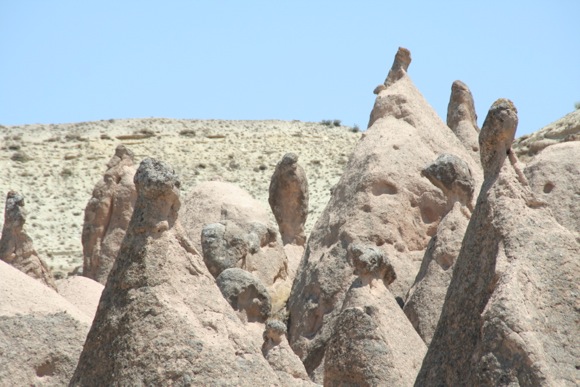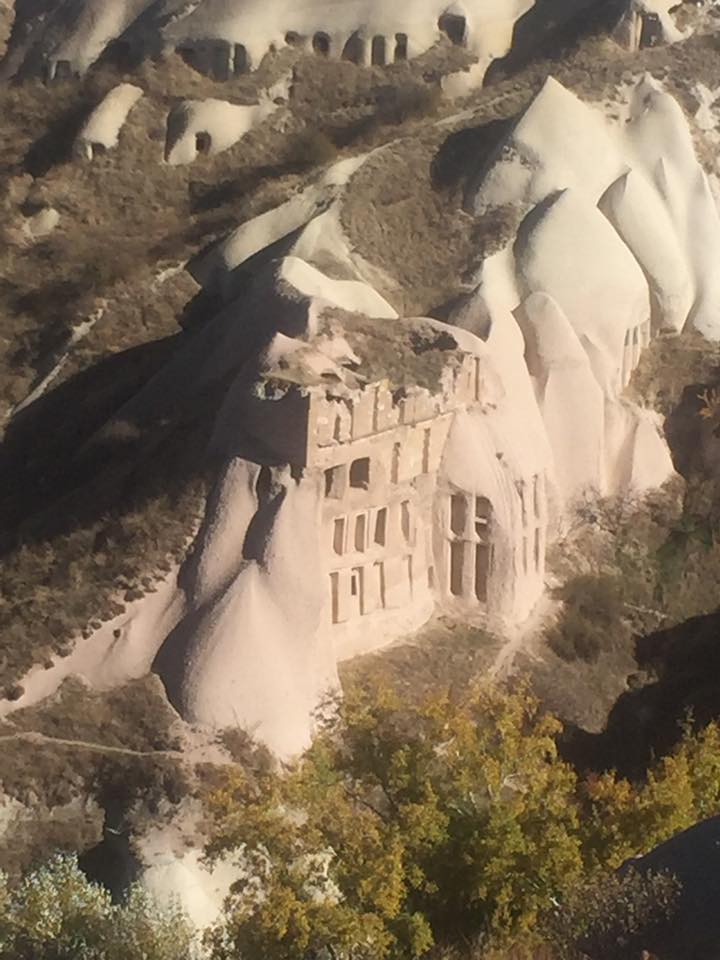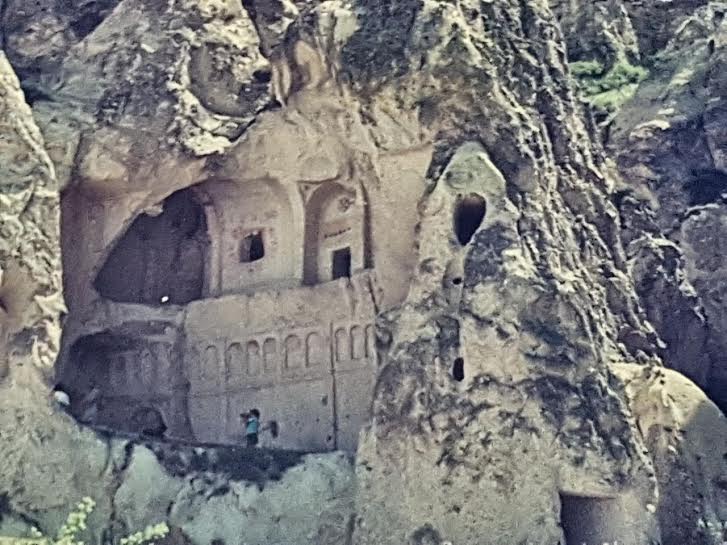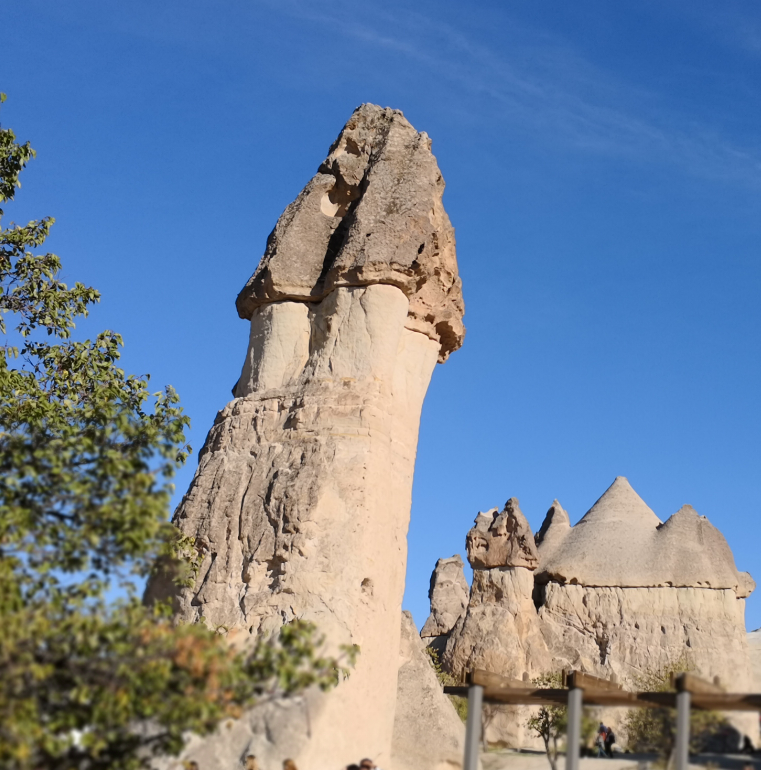In a spectacular landscape, entirely sculpted by erosion, the Göreme valley and its surroundings contain rock-hewn sanctuaries that provide unique evidence of Byzantine art in the post-Iconoclastic period as well troglodyte villages and underground towns, the remains of a traditional human habitat dating back to the 4th century.

Underground cities and semi-underground settlements, most of which are 1500 years at least, exist in the Cappadocia Region of Turkey. These man-made rock structures are carved in soft tuffs and the best examples of long-term performance of man-made structures in the field of rock engineering. The tuffs also have good thermal isolation properties to be used as housing and storage of foods


Some of the unique landforms, the so-called “fairy chimneys”, which were formed within the Cappadocian tuff of central Turkey, were used as dwellings in the past and contain culturally valuable wall paintings. However, these structures are undergoing chemical and physical deterioration due to atmospheric effects.
